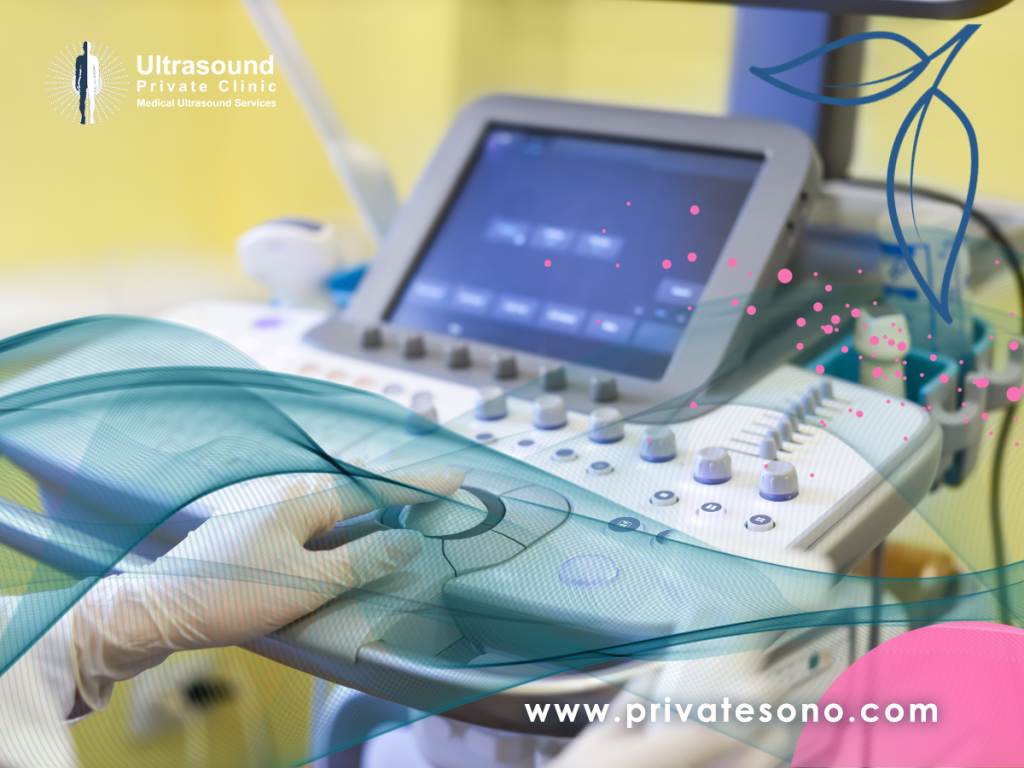As our bodies evolve over time, we may notice various changes, bumps, and lumps that we weren’t previously aware of. While many of these are harmless, it’s essential to get them checked out to rule out any underlying conditions.
One of the most common diagnostic tools to investigate these lumps and bumps is an ultrasound scan. It’s non-invasive and provides a detailed image of the internal structure of the body, allowing doctors to detect any abnormalities. In this blog, we’ll explore everything there is to know about lump and bump scans.
What is an Ultrasound Scan?
An ultrasound scan uses high-frequency sound waves to produce a real-time image of the inside of the body. The equipment used is called an “ultrasound transducer,” which emits sound waves and picks up the echoes generated when they bounce back. These echoes are then converted into images on a screen, allowing doctors to view the internal structure.
Ultrasound scans are commonly used to evaluate the abdomen, pelvis, thyroid, breasts, and joints, making it an excellent tool for diagnosing lumps and bumps.
What are Lumps and Bumps?
Lumps and bumps refer to any misshapen areas on the body that can be felt or seen. They can be formed by an abnormal growth of cells, an injury, or an immune system response.
Lumps and bumps can form on any part of the body, including the neck, arms, chest, and legs. While many are harmless, some do require medical attention, especially if they grow, feel painful, or don’t go away.

What is a Lump and Bump Ultrasound Scan?
During a lump and bump scan, the transducer is placed over the affected area, and sound waves are directed towards the lump or bump. The echoes generated are then converted into a detailed image that can be reviewed by medical practitioners.
The scan allows doctors to evaluate the size, shape, and texture of the lump, which can aid in diagnosing the cause of the lump or bump. Additionally, an ultrasound can determine whether the lump is solid or filled with fluid, which can indicate different types of conditions.
Why Would You Need a Lump and Bump Scan?
There are numerous reasons why someone might need a lump and bump scan. Here are some of the most common:
- To evaluate a suspected cancerous growth
- To check for enlarged lymph nodes
- To evaluate the size and location of a cyst
- To determine if a lump or bump is filled with fluid or solid
- To monitor the progression of a known growth or cyst
Lumps and bumps can be caused by various conditions such as cysts, tumors, or infections. Therefore, a lump and bump scan can help diagnose the underlying problem to provide the correct treatment.
Are There Any Risks with a Lump and Bump Scan?
Ultrasound scans are non-invasive and usually don’t pose any risks or side effects. Unlike X-rays or CT scans, ultrasounds use no radiation, which can be harmful at high doses.
However, depending on the location of the lump or bump, the scan might be uncomfortable to complete. Also, in rare cases, the ultrasound gel used during the scan might cause skin irritation.

Conclusion
Lumps and bumps on the body can be concerning, but a lump and bump ultrasound scan can provide valuable insight into what’s causing these abnormalities. Early diagnosis can make a significant difference in the prognosis of certain conditions, so it’s always essential to get any concerning bumps checked out.
If you’re experiencing any lumps or bumps, speak to your doctor, and they can determine whether a lump and bump scan is necessary. Remember, early detection is essential, and regular check-ups can help prevent any further complications.
